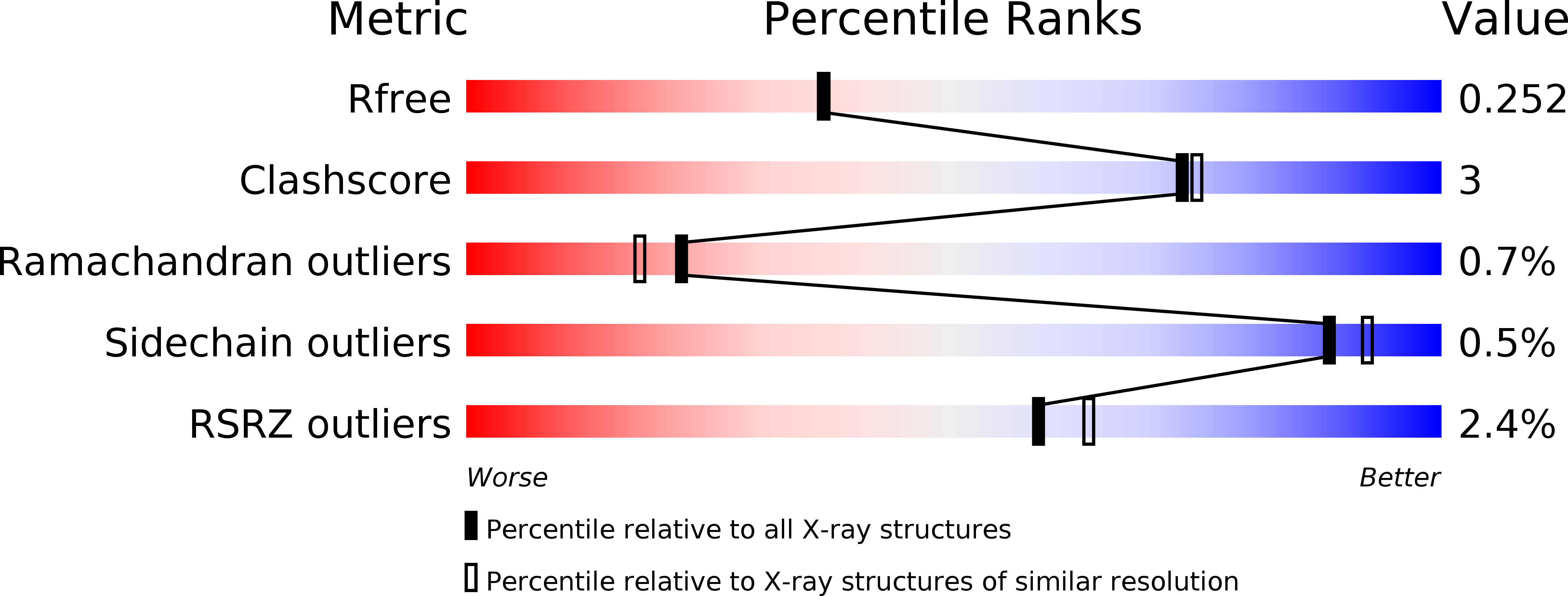
Deposition Date
2018-05-09
Release Date
2018-06-20
Last Version Date
2024-10-09
Entry Detail
PDB ID:
5ZV3
Keywords:
Title:
Crystal structure of human anti-tau antibody CBTAU-28.1 in complex with its tau peptide
Biological Source:
Source Organism:
Homo sapiens (Taxon ID: 9606)
Host Organism:
Method Details:
Experimental Method:
Resolution:
2.09 Å
R-Value Free:
0.25
R-Value Work:
0.18
R-Value Observed:
0.19
Space Group:
P 1 21 1


